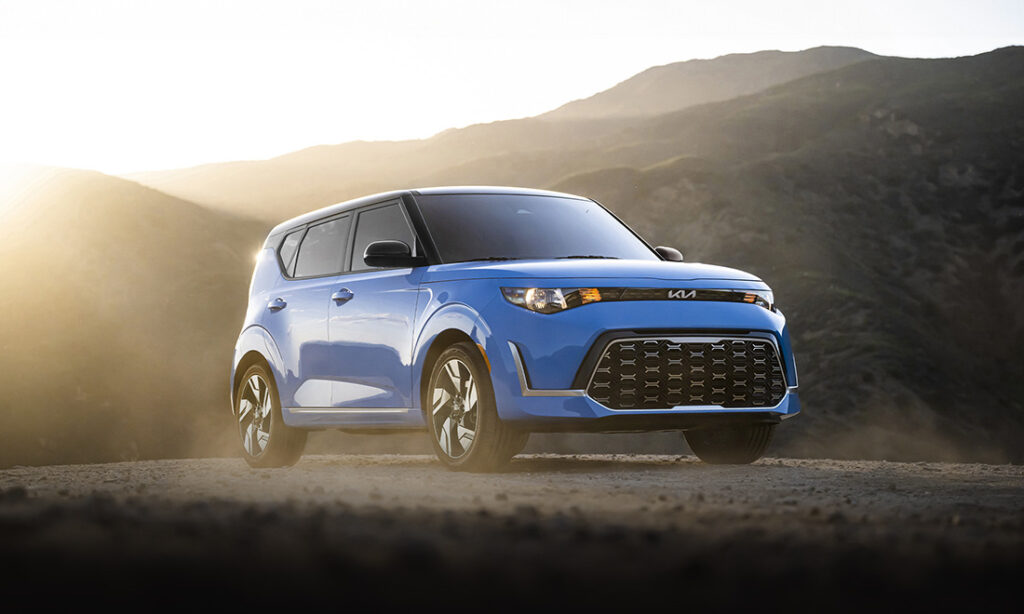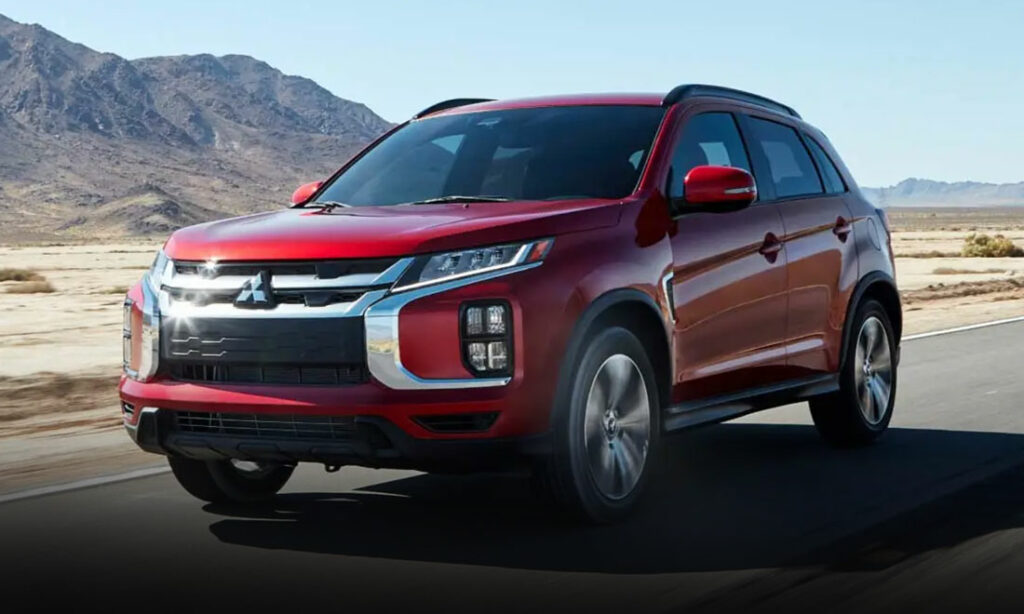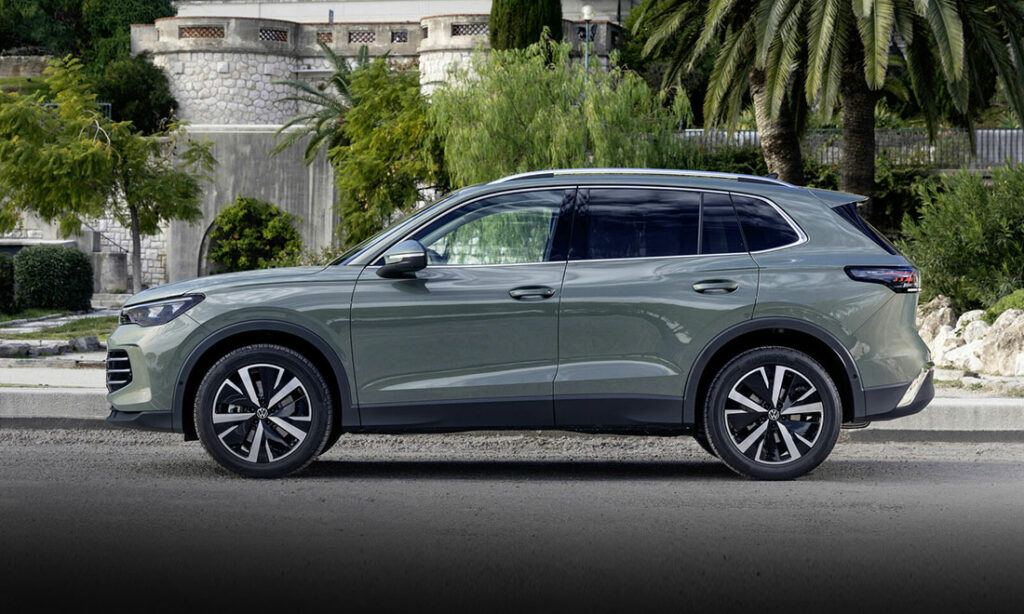Retro Review: Lamborghini Diablo
The Diablo, Lamborghini’s top-end V12 of the 1990s, was loud, stunning to look at, and a devilish good time.
‘90s Poster Car
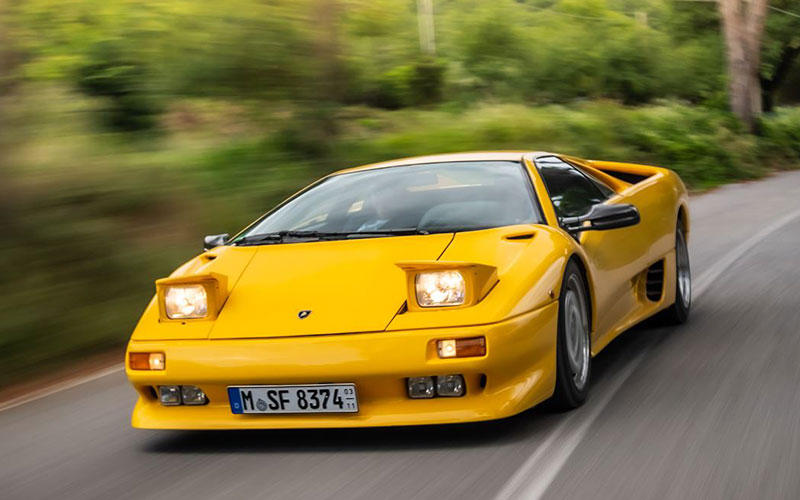
Lamborghini Diablo – media.lamborghini.com | Shop Lamborghini Diablo on Carsforsale.com
The defining features of a proper Lamborghini have historically been threefold: a roaring V12, a wedge-shaped body design, and a comically impractical interior. In these respects, the successor to the beloved Countach, the Diablo, delivered a classically Lamborghini experience while modernizing the brand’s top model. Indeed, as the Countach had been the poster car for kids of the ‘70s and ‘80s, and the new Diablo would take its proper place on the walls and in the imaginations of the car obsessed in the 1990s.
By the mid-1980s, the Lamborghini Countach was beginning to show its age and the company began work on a new car to take its place atop their lineup. Project 132 began in 1985. Not only would the car’s new design provide a striking road presence, but the Diablo would also target a top speed of 315 km per hour (195.7 mph). The new car had to be flashy, and it had to be fast.
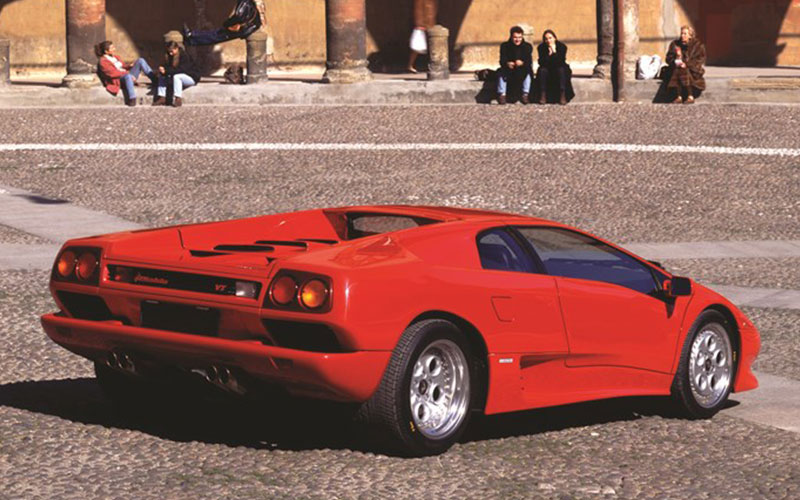
Initial design work for the car was done by Marcello Gandini, the same guy who’d designed both the Miura and Countach, among other Lamborghinis. But, following the sale of Lamborghini to Chrysler in 1987, folks there called for a redesign. Gandini’s original design was eventually realized on the Cizeta Moroder V16T. Meanwhile, the Gandini’s initial design would get a “smoothing over” that both improved aerodynamics (which had been famously poor on the Countach despite the wedge design) and moved the aesthetics of the Diablo forward.
Countach 2.0? Yes and No

In reality, the Diablo wasn’t a great departure from the Countach. Sure, some edges have been rounded off, but the basic low and wide wedge design was the same. The layout was the same, a mid-mounted V12, spaceframe chassis, and aluminum body.
And yet, the Diablo was clearly making strides. Significant upgrades included the use of carbon fiber in body paneling and other structural components, a new dogleg five-speed manual transmission, and a shift to fuel injection. The Diablo was also longer and wider than the Countach, with a longer wheelbase that also allowed for a roomier cabin.
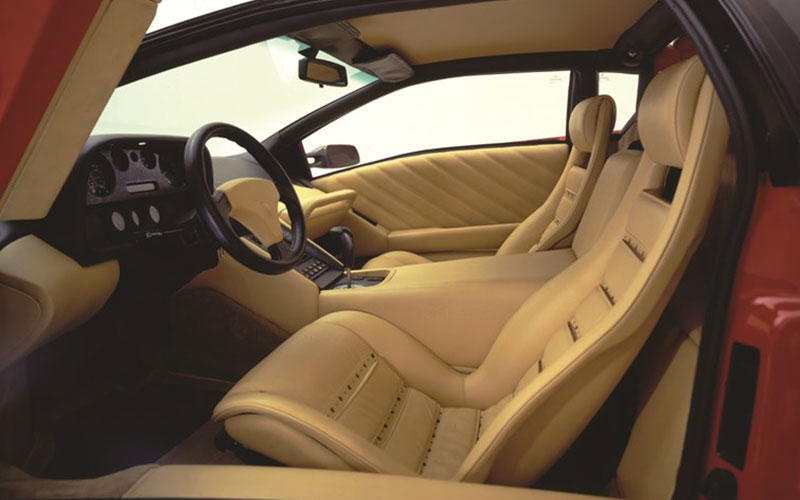
Indeed, the Countach’s primary detraction was always it’s cramped interior, especially unwelcoming for taller drivers. The Diablo, by contrast, was more accommodating, and added creature comforts like power windows, and adjustable seats and steering wheel. Larger windows in the Diablo alleviated another common Countach complaint, poor outward visibility. In a boon to the car’s aesthetics, the Diablo also received integrated bumpers, which was another major upgrade over the Countach which had famously ugly bumpers in later US spec cars.
Like prior Lamborghinis, the Diablo was named after a famous fighting bull. In this case, a bull owned by the Duke of Veragua and famous for its fight with bullfighter “El Chicorro” in Madrid in 1869. Even with the storied name, the Diablo moniker didn’t fly in devoutly Catholic Mexico (diablo meaning devil in Spanish), there the car was marketed as the Costanga.
All ‘Bout that V12 Bass
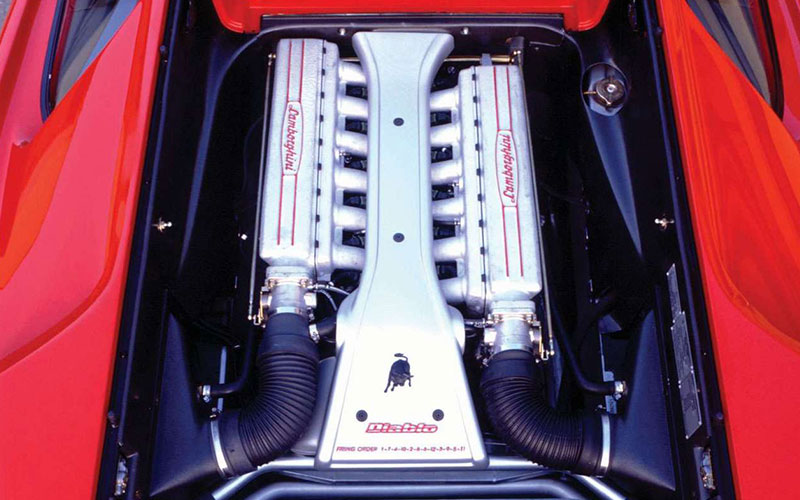
The new Lamborghini Diablo debuted in January of 1990. Under the hood was a 5.7L dual-overhead cam naturally-aspirated V12, complete with the modernizing touch of computer-controlled fuel injection. The engine produced 485 horsepower and 428 lb-ft of torque and one heck of an engine note. Throaty and exclamatory under throttle, the Diablo’s roar was even more of a head-turner than its Italian exotic looks. Zero to sixty-two mph (100km per hour) came in at an even 4.0 seconds. Top speed for the Diablo was 202 mph or 325 km per hour, exceeding the initial target of 315 km per hour. Absent was power steering (to arrive in 1993), as was traction control and ABS (which wouldn’t be added until 1999). The stiff clutch and heavy steering meant the Diablo was a workout to drive. Combine this with the V12 thundering behind your ears, and the Lamborghini Diablo was one of the most engaging, sensorily all-encompassing drives around.
Lamborghini Diablo Variants
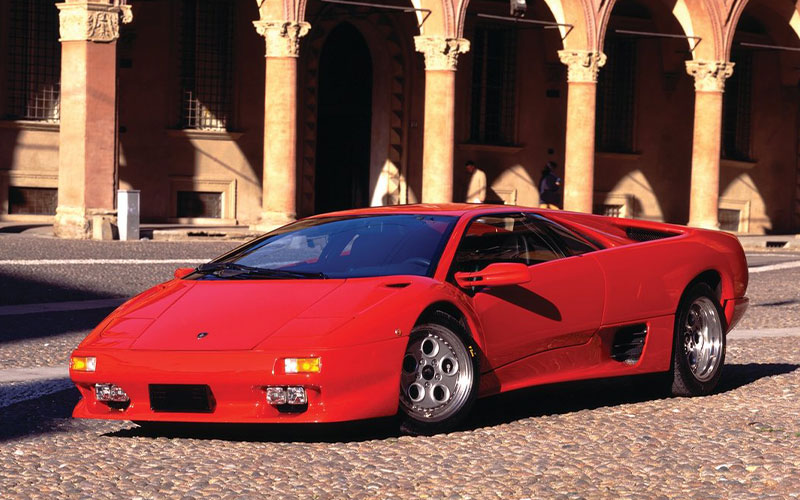
The first of many variants arrived in 1993 with the Diablo VT. This was the first Lamborghini GT car to feature four-wheel drive. By all reports, with a new viscous center differential sending up to 25 percent of the power to the front wheels, the unruly Diablo felt more settled and manageable as a result. 1993 also saw the new SE30 variant, a 30th-anniversary commemoration that upped the Diablo’s output to 523 horsepower.
A roadster version of the VT debuted in 1995 and was the first V12 Lamborghini to feature an open roof design (a targa top in this case). That same year, the Diablo SV, a rear-wheel drive version, received a tune to 510 horses and came with an adjustable rear wing (of questionable utility).
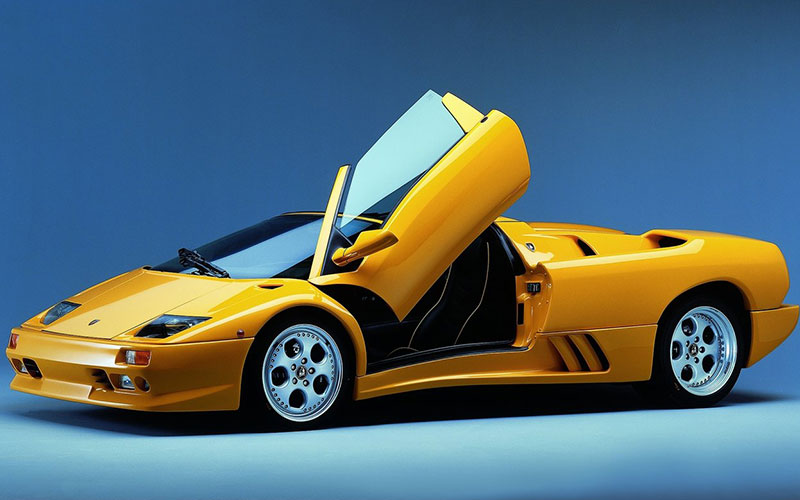
In 1998, Chrysler Corporation sold Lamborghini to Volkswagen Group. The Italian automaker was now under the auspices of the Audi division. For 1999, the Diablo would receive significant updates both inside and out. The popup headlights were eliminated (SAD!). The interior was refined with higher grade materials and a new dash and gauge cluster, replacing the old “cliff dash” that tended to obscure the driver’s view. Anti-lock brakes were also introduced that year.
The VT and VT Roaster also received updates. The Roaster version was graced with larger air intakes to ensure proper ventilation to the radiators when the top was open (an issue on earlier versions). The VT’s V12 was also tuned up to 528 horsepower. Impressive, but not as impressive as the Diablo GT which debuted that year at the Geneva Motor Show and was designed for GT2 racing. The Diablo GT featured a new 6.0L V12 capable for producing 575 horsepower and 465 lb-ft of torque and trimming the Diablo’s zero to sixty time to just 3.9 seconds and granting a top speed of 210 mph.
Y2K
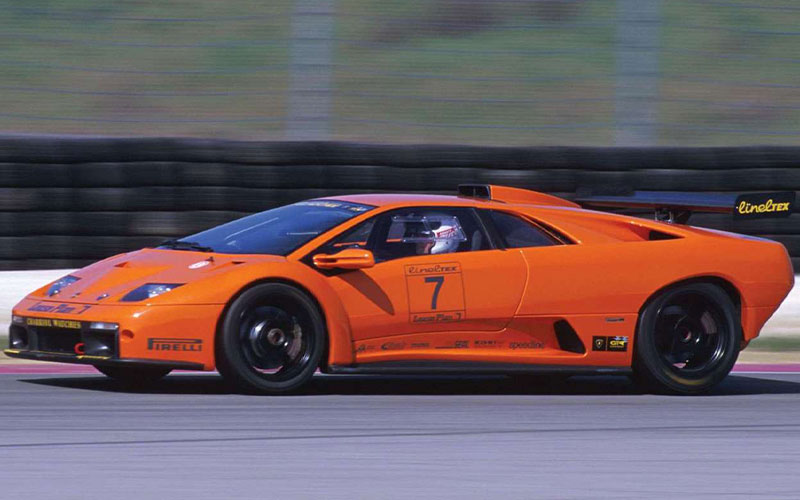
1999 Lamborghini Diablo GTR – netcarshow.com | Shop Lamborghini Diablo on Carsforsale.com
The following year a new Diablo GT-R received an integrated rollbar and upgrades to the suspension, wing, brakes, and transmission. Horsepower now crested 590 and the sprint to sixty could be made in just 3.5 seconds. Also in 2000, the VT received the benefits of the larger 6.0L engine. After little over a decade in production, the Diablo’s run concluded in 2001, succeeded by the new Lamborghini Murciélago. The Diablo had been a proper torchbearer for the Lamborghini brand: loud, stunning to look at, and so challenging at its limits as to be just on the good side of scary. With this kind of untamed aggression on tap, it’s no wonder that Ferruccio Lamborghini chose to name his cars after fighting bulls.


